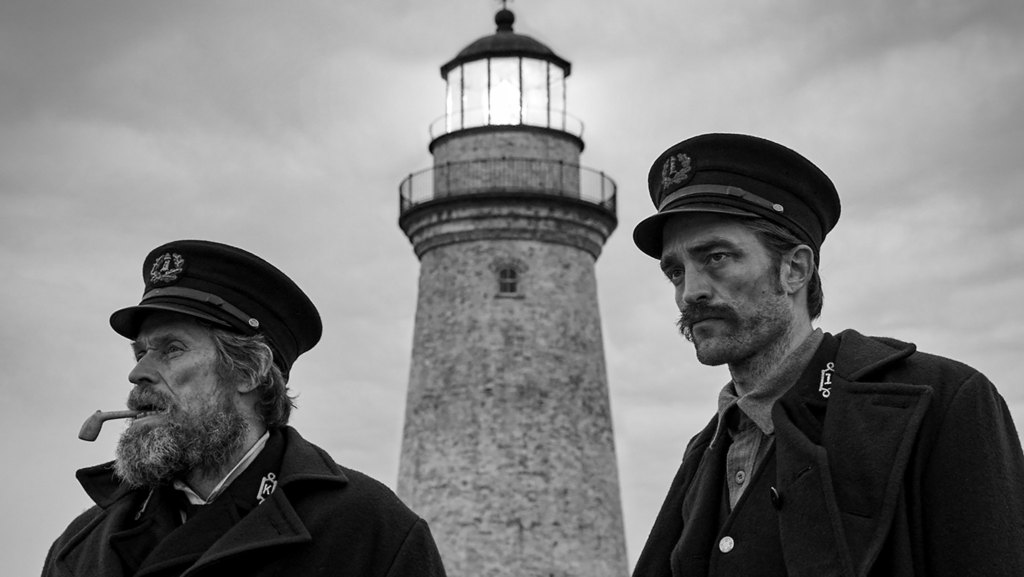In conclusion, the psychological horror sub-genre hasn’t changed more than it has evolved in recent times. Directors seem to aim toward creating a more vivid image of what their film’s protagonists suffer through to their audience, and hones in on the true capacity of what the human mind is able to tolerate before breaking, and what horrific acts seemingly ordinary people can be capable of.
Daily Archives: May 18, 2023
Filters
Comparative Study Introduction
F.W. Murnau’s Nosferatu and Robert Eggers’ 2019 The Lighthouse are both distinctive fantastical horror films. Thee narrative of both films are driven by themes psychological, from the claustrophobic, swelling chaos of The Lighthouse to the Thanatophobia (fear of death) created from Nosferatu. These films have been chosen as they were made in contrasting contexts. Nosferatu was a German film made in the troubled Weimer period of the 1920s Germany and The Lighthouse being an independent American film made recently featuring big A-List actors such as Willem Defoe and Robert Pattinson, so the differences in social and economic tropes can be clearly seen. F.W Murnau’s film follows its protagonist Thomas Hutter who is sent by his “master” to finalise a deal with the mysterious Count Orlok. He then quickly finds out that Count Orlok is a vampire who has his targets set on our protagonists’ wife. The Lighthouse features a slow-burn story which induces a claustrophobic feeling as two lighthouse keepers become stranded. Tensions between the two rises as they covet the light at the point of the tower, and the story’s climax comes when both the light housekeepers meet their demise.

comparative study introduction
Robert Weine’s 1922 film The Cabinet of Dr Caligari is a strong German Expressionist film that went on to influence the neo-Noir film genre and spawn many films that take inspiration from this such as Batman Returns and more prominently Mulholland Drive, they both stand out due to their unique stylisation, from the abnormal dimensions of the furniture in Dr Caligari to the abstract architecture of the manor in Batman Returns. These films have been chosen as they were made in contrasting contexts, Caligari being made in a different political and historical context when compared to Batman due to Caligari being made during the Weimar Republic years of 1918-33 whereas Batman Returns was made during 90’s America where the spread of communism had been stopped and everyone was celebrating the win of capitalism, so the differences in genre tropes can be clearly seen. Robert Weine’s film follows a somnambulist who makes deadly predictions that are horrifying. Later, a man and his fiancée go through a terrible ordeal because of one of his predictions. Whereas in Burton’s film, Max, an entrepreneur, and criminal Penguin team up to wreak havoc in Gotham City, Batman decides to stop them. Catwoman’s alter ego, Selina Kyle, seeks revenge on Max for trying to kill her.